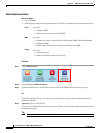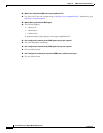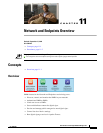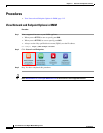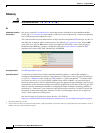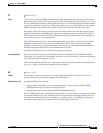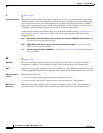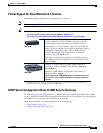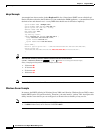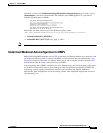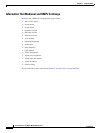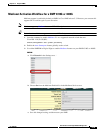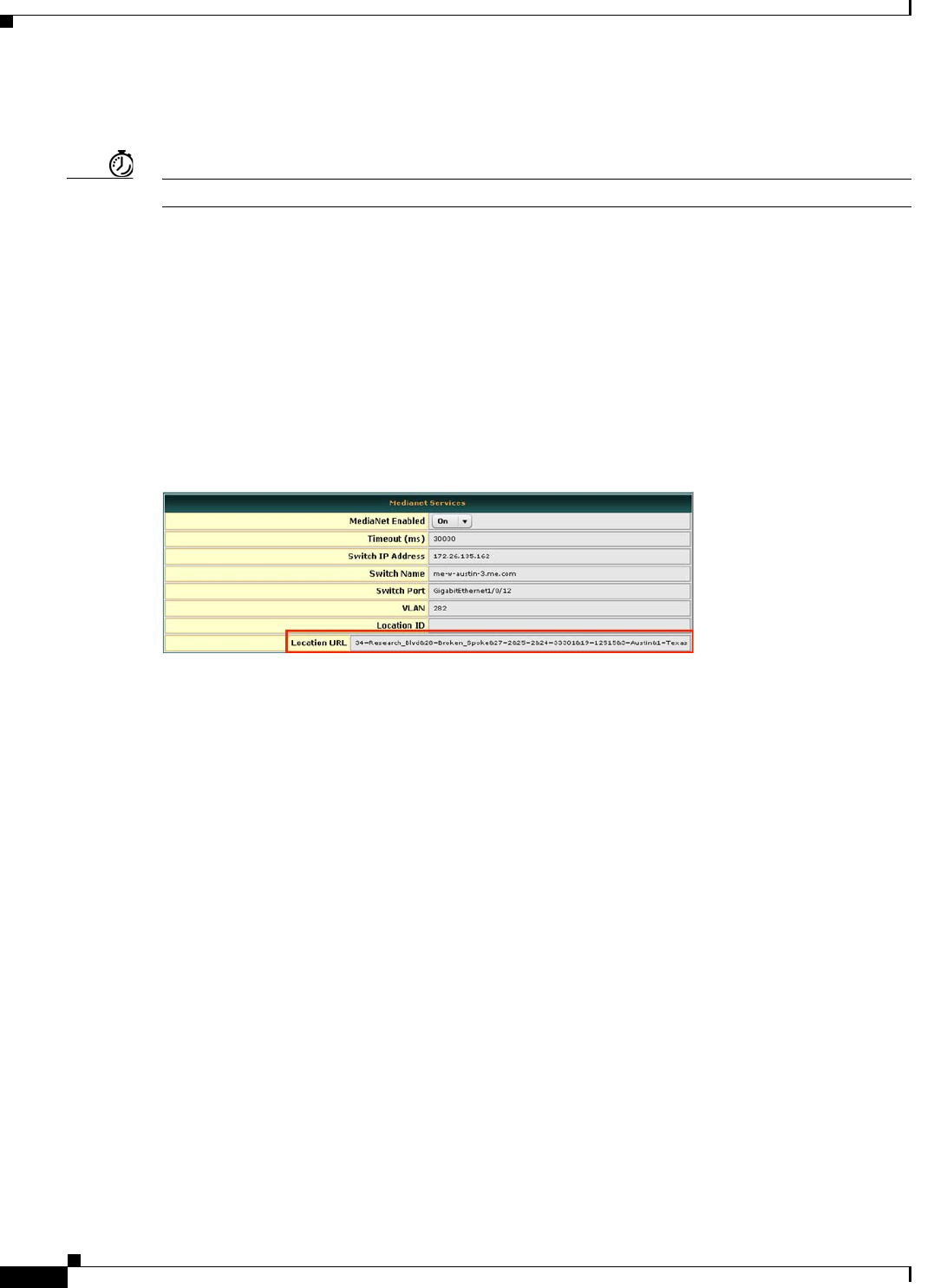
12-2
User Guide for Cisco Digital Media Manager 5.4.x
OL-15762-05
Chapter 12 Register DMPs
Concepts
Glossary
Timesaver Go to terms that start with...
[
A
|
C
|
D
|
L
|
M
].
A
additional-location-
information
One of two essential Location Services values that must be configured on your Medianet-enabled
switch. The “civic-location-id” value and the “additional-location-information” value are encapsulated
into a CDP message that endpoints receive.
This value describes any non-default details to inject into the encapsulated CDP message. As this is a
data injection, it depends wholly on the presence of a defined civic-location-id value. Absent that
value, there is no way for this value to reach any endpoint (CSCti85043). Later, when you plug a
Medianet-ready DMP into a properly configured switch, the Location Services feature of MSI
populates the Location URL field automatically in DMPDM.
autoregistration
See MSI registration service.
Auto Smartports
1
1. Infrequently abbreviated as ASP.
A collection of interface-level switch commands bundled together as a macro that configures a
switchport without human intervention. Upon detecting a connection to one of its physical interfaces
(or “ports”), a Medianet-ready switch uses CDP packets or a similar mechanism
2
—in tandem with a
port-based network access control (PNAC) standard such as 802.1x/MAB—to learn what type of
device has connected to it. Device identification triggers the appropriate Auto Smartports macro to run
automatically on the switch and configure its interface appropriately for the detected device type. This
behavior eases the administrative burden of configuring multiple switchports manually. (Similarly,
when there is a “link-down” event on the port, the switch removes the macro.) In the ITU model and
framework for network management, known as FCAPS, Auto Smartports macros act in support of
what’s called configuration management.
See Auto Smartports Configuration Guide, Release 12.2(58)SE at
http://cisco.com/en/US/docs/switches/lan/auto_smartports/12.2_58_se/configuration/guide/aspcg.html.
2. Such as Link-Level Discovery Protocol (LLDP) packets, packets that include specific MAC addresses or Organizational Unique Identifiers (OUIs), or
attribute-value pairs within a RADIUS response.



